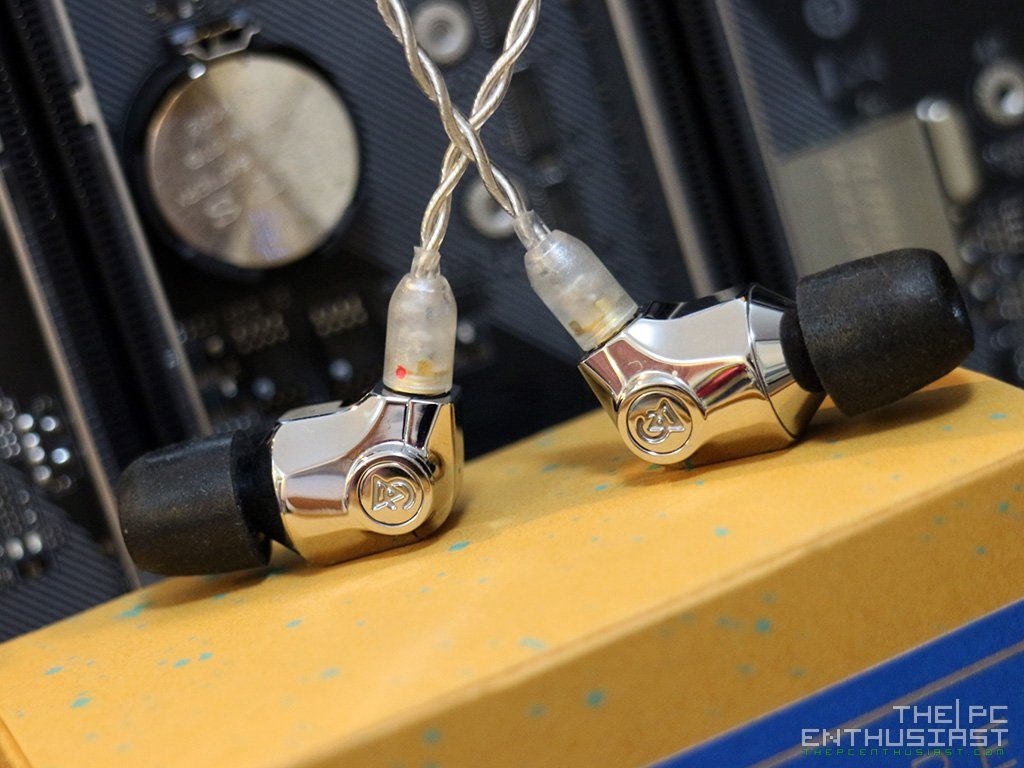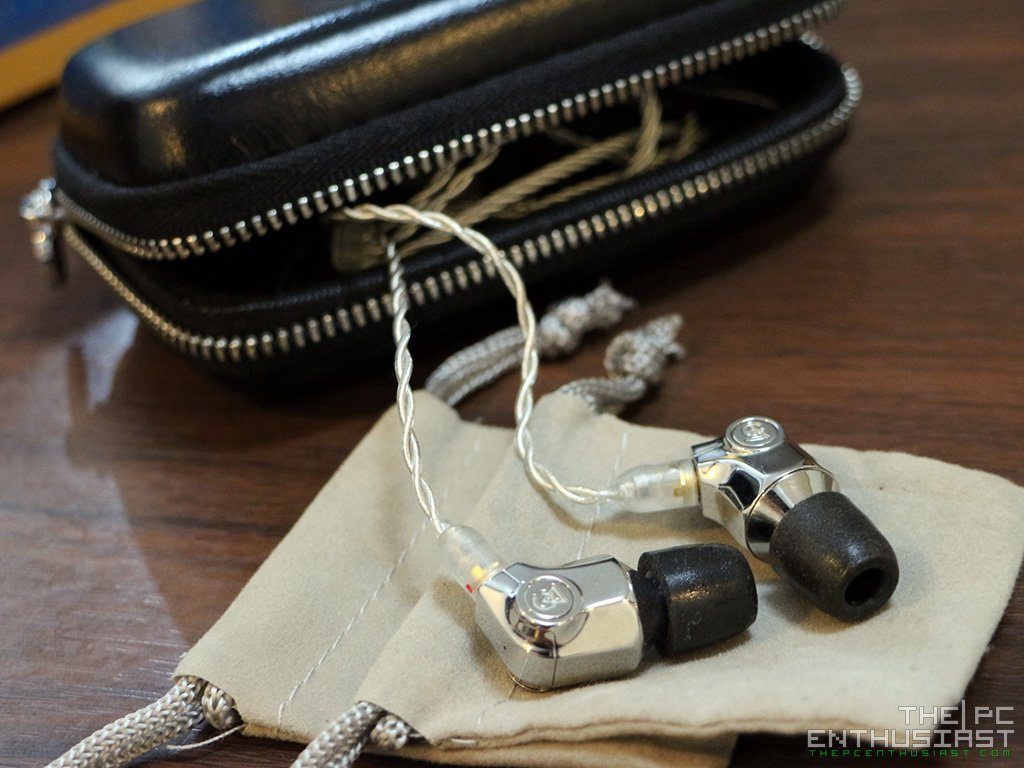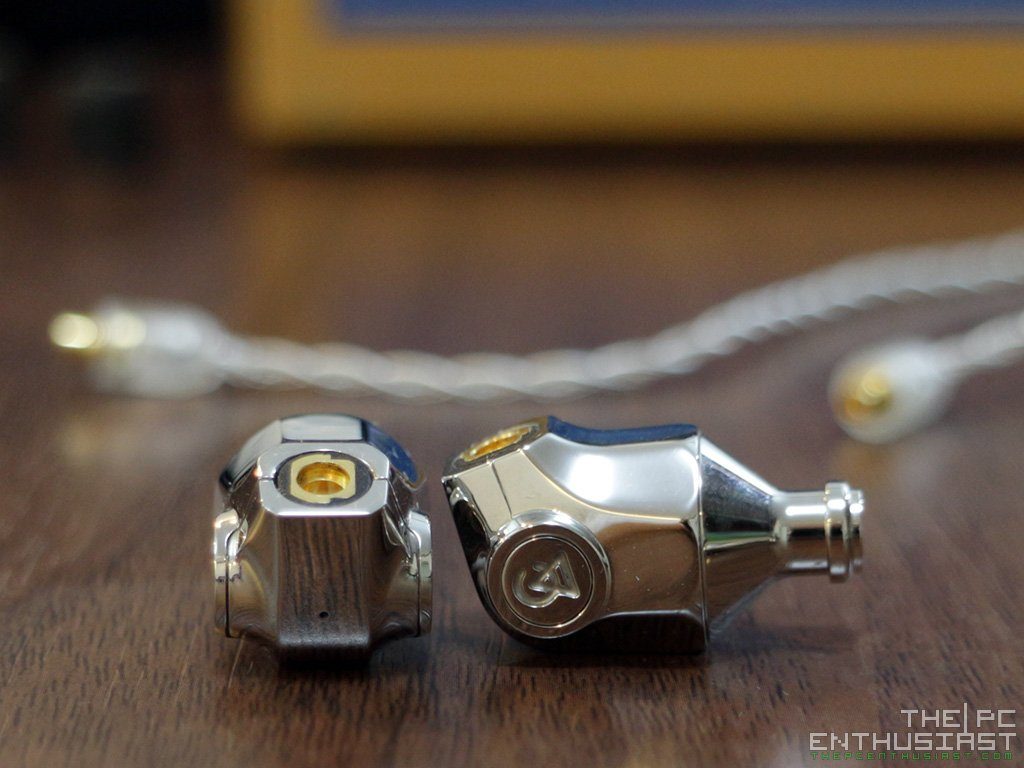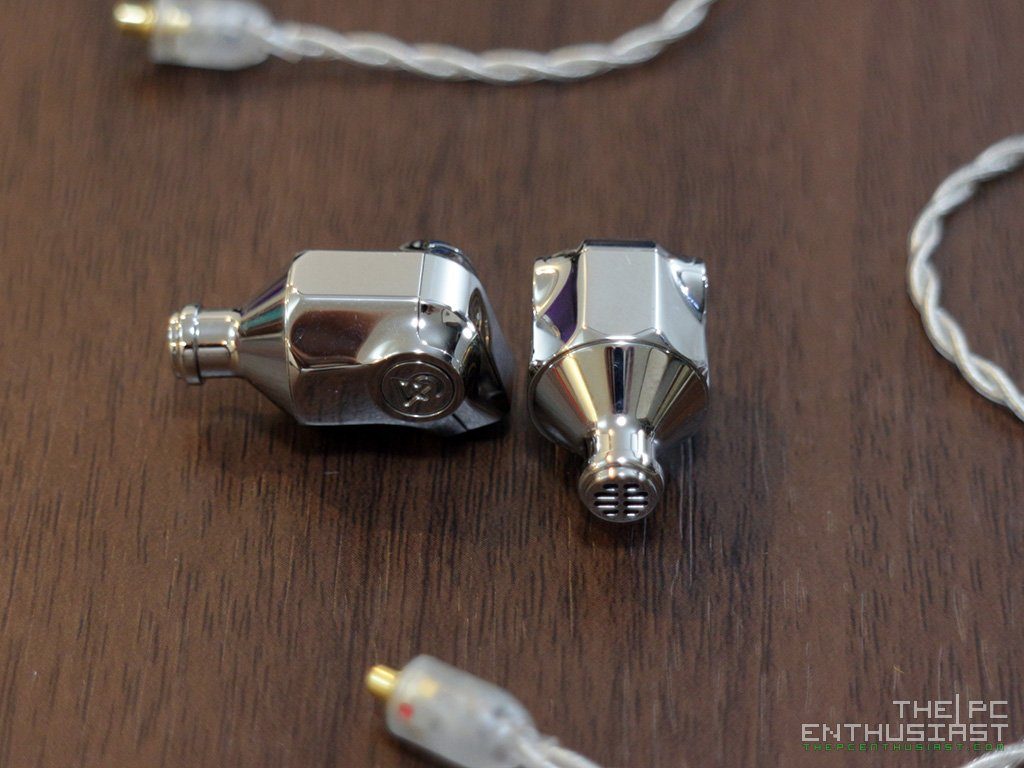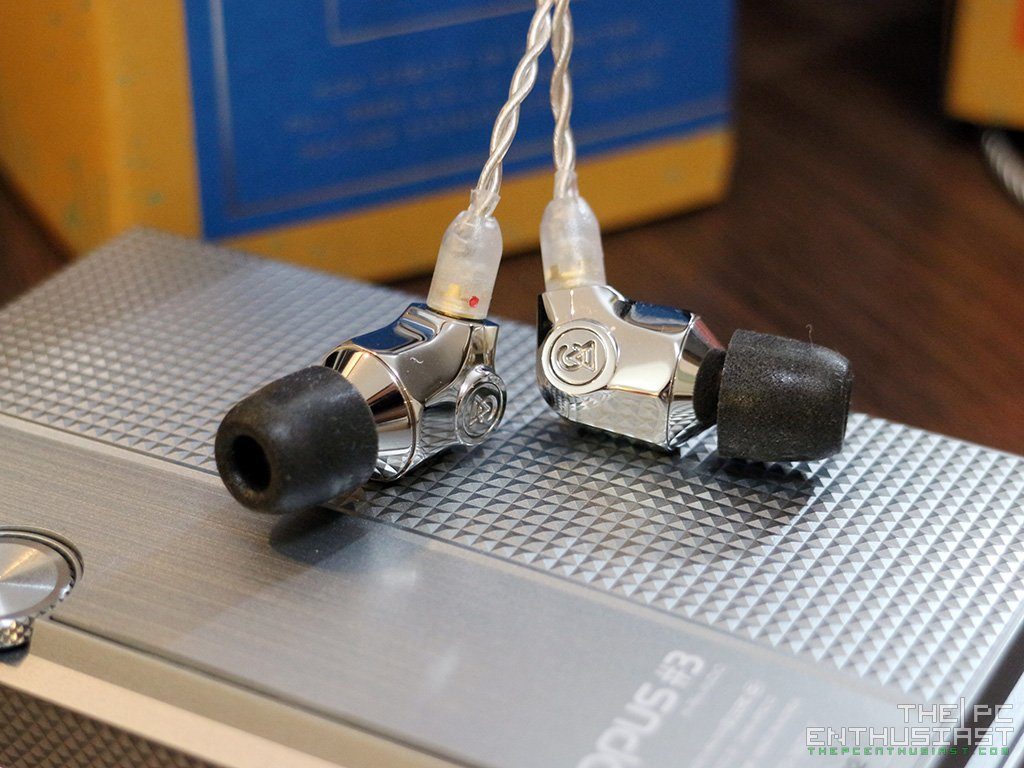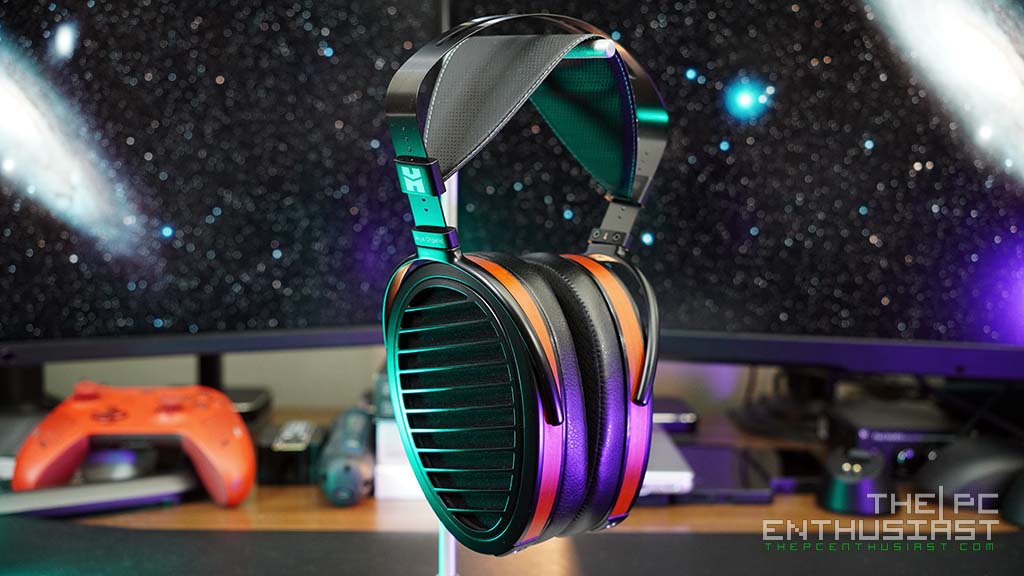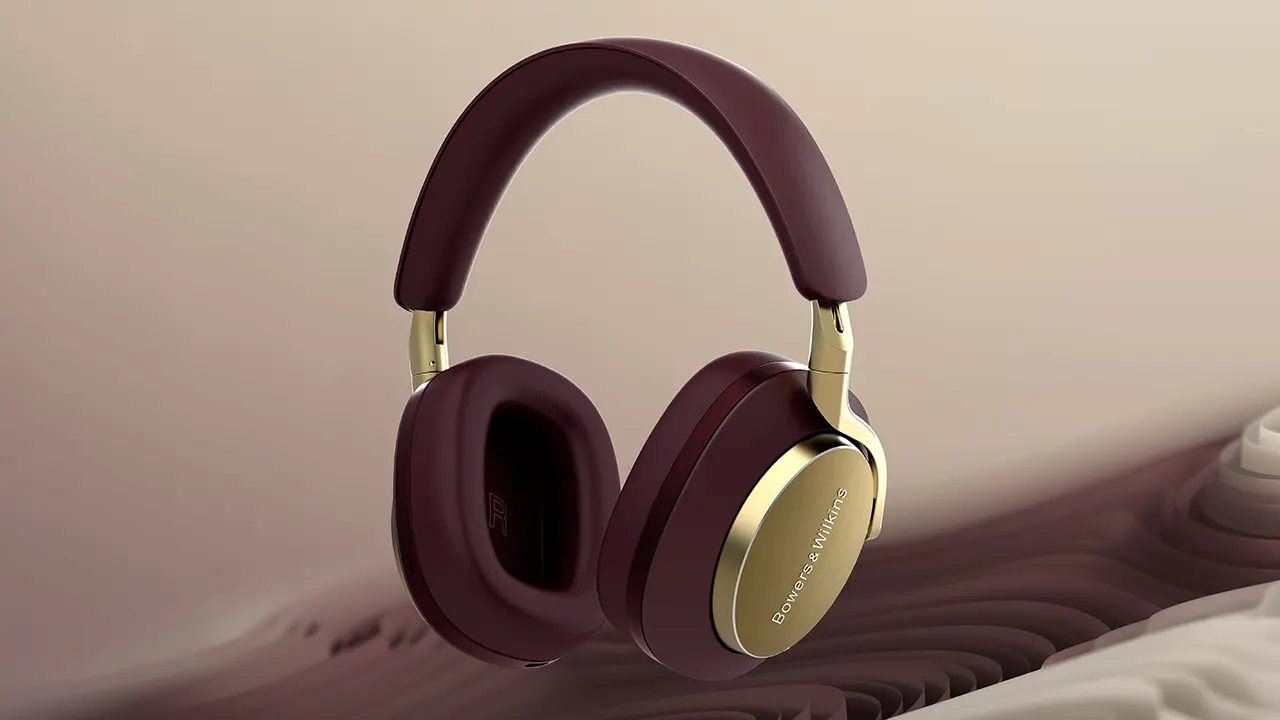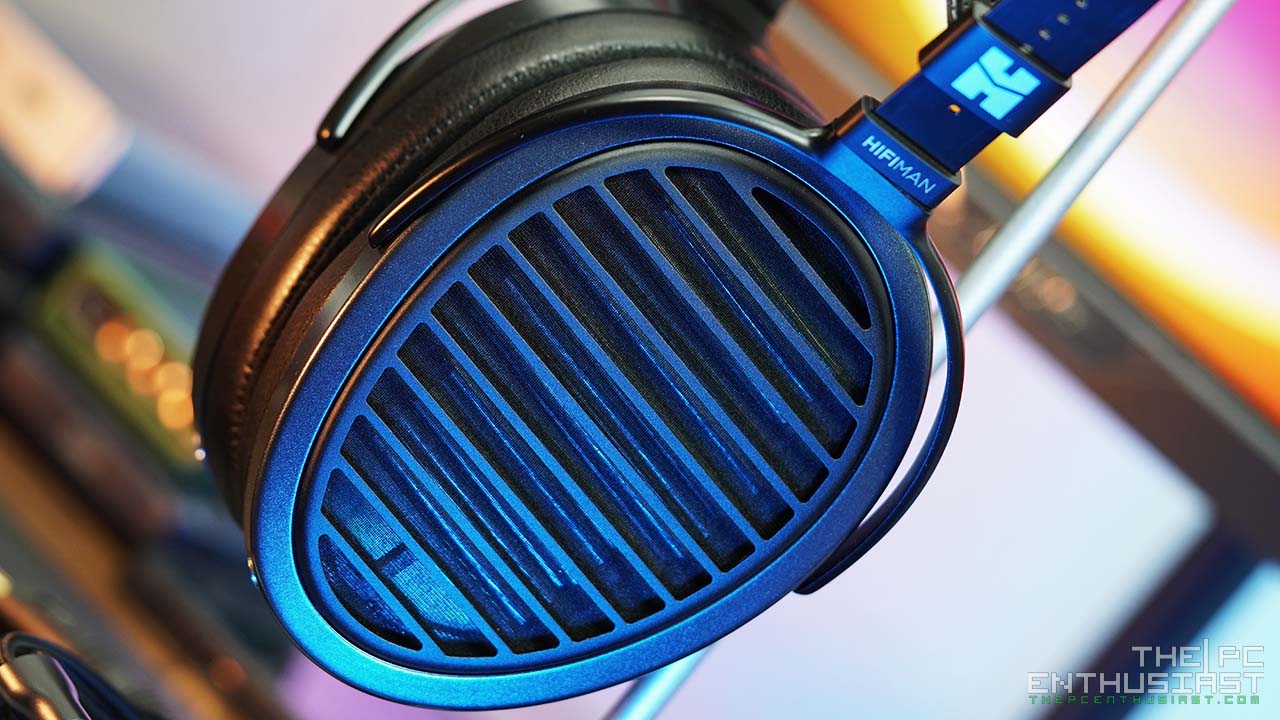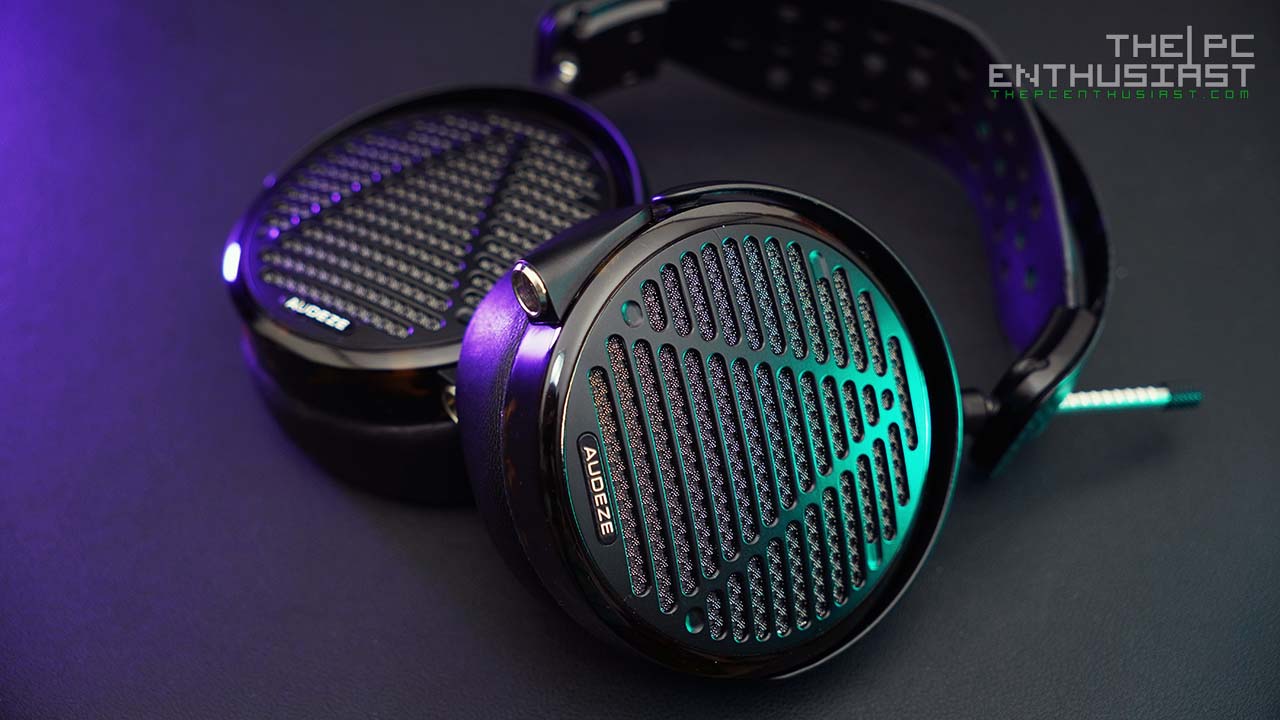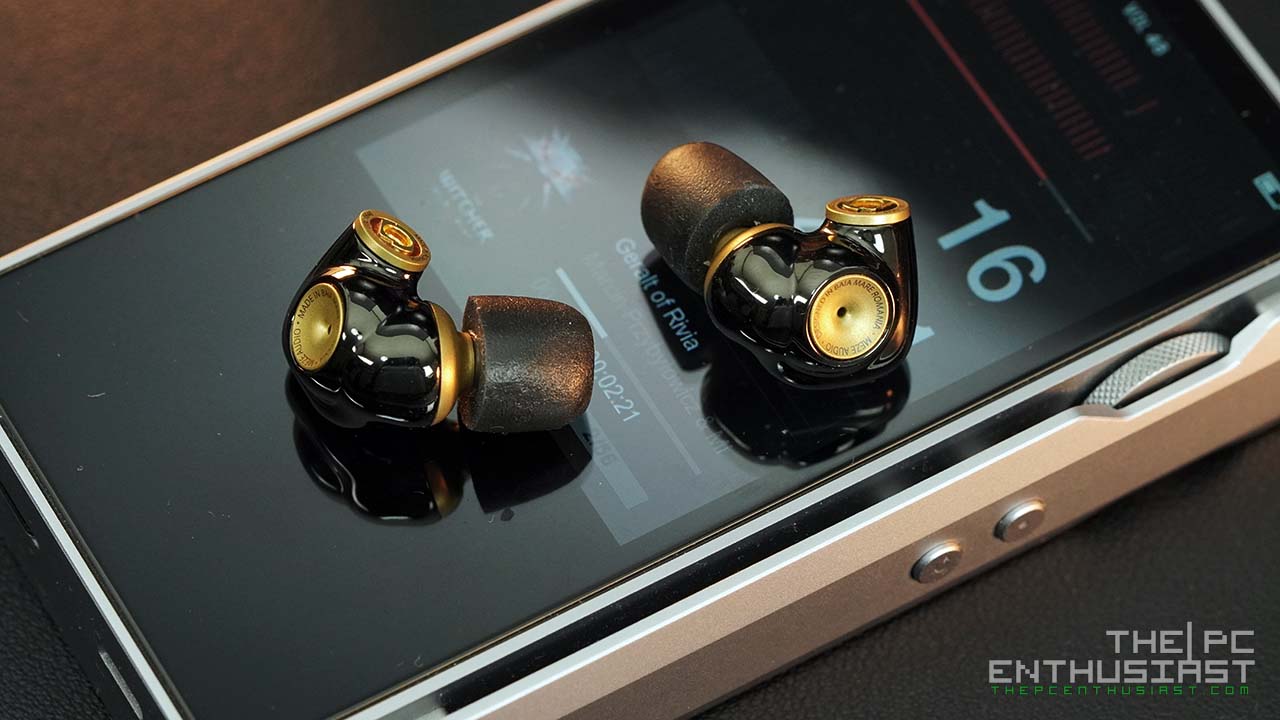Atlas is the name of the new flagship earphone from Campfire Audio. The Campfire Atlas was released together with the Comet that we previously reviewed. They both look similar from the outside, but very different from the inside. Not to mention, the Atlas is the flagship, while the Comet is the new entry-level earphone. Today we are going to review the Campfire Audio Atlas. It features a full range 10mm Amorphous Diamond-Like Carbon (ADLC) diaphragm dynamic driver enclosed in a stainless steel body. The Atlas is the direct successor of the Vega, and it is like the new and improved version. Or perhaps a “combination” of the Andromeda and Vega, more on that later. The Atlas features a fantastic and gigantic sound, and to my ears it’s definitely for music lovers and audiophiles who loves rich and luscious bass, but is still well balanced across the audio spectrum. If that tickles your ears and perhaps your cup of tea, then continue reading our Campfire Audio Atlas review below and find out more about the Atlas.
Campfire Audio Atlas Review – Features and Specifications
Just like the Campfire Comet, the Atlas features a very shiny stainless steel body and it is designed and assembled in Portland, Oregon USA as well. However, the Atlas features a larger shell to house the larger 10mm ADLC diaphragm dynamic driver. According to the company, “Atlas is a full range powerhouse” – and yes definitely agree to it after I have been using this for several weeks now.
Like I mentioned earlier, the Atlas is like an improved version of the Vega. From an ADLC non-crystalline diamond-carbon 8.5mm driver enclosed on a liquid alloy metal to a single full range 10mm dynamic driver with Plasma-enhanced Chemical Vapor Deposition (CVD) Amorphous Diamond-Like Carbon (ADLC) diaphragm. Whew! They sure like to impress us with fancy marketing terms. Regardless of what or how they call the materials and technology used, it’s the sound quality that matters at the end of the day and right now I’m telling you it won’t disappoint, especially if the Atlas matches your preference.
But for those who are interested, according to Campfire – Amorphous Diamond-Like Carbon or ADLC is the hybrid of diamond and graphite. It is a non-crystalline diamond that has a low density and high rigidity. These two are the important factors that they consider in the selection of a diaphragm material. The low density helps increase the fidelity that’s why it need to be as low as possible. The diaphragm material should also be as rigid as possible. This will enable the diaphragm to provide a wider range of frequency responses and lower distortion. What the Campfire Audio team has created is a 10mm driver that features superior fidelity, low distortion and great frequency response.
In terms of specifications, the Campfire Atlas features a frequency response of 5Hz to 20kHz, a sensitivity of 105 dB SPL/mW, less than 1% of total harmonic distortion and an impedance of 19 Ohms @ 1kHz.
Campfire Audio Atlas Closer Look
If I am not mistaken, all of Campfire Audio’s packaging is similar and the box itself is sourced from a paper company in US. It’s nice, it doesn’t feel cheap and the box art is artistic but isn’t too aggressive. The Campfire Atlas comes in this small box and inside is a leather carrying case and several tips including some reading materials.
To be exact, you get a set of Final Audio tips, Campfire’s foam tips and a set of silicone tips. There’s also a Campfire Audio lapel pin and a cleaning tool.
Just like with the Comet, the Atlas also comes with small pouches, one for each driver. This protects the Atlas from getting scratches when not in use. Campfire Audio is also using a pure Silver Litz Cable that is composed of pure Silver conductors with Beryllium Copper MMCX and 3.5mm termination.
As you can see from the photo above (right hand side), the Atlas is noticeably larger compared to the Comet. It’s also a bit heavier since there’s more amount of stainless steel on the Atlas’ shell compared to the Comet.
The holes on the port of the Atlas is similar with the Comet, but as you can see from this angle the housing is indeed much larger. The new housing is drop forged and are CNC-machined before being hand polish to mirror finish. Again, having a super high mirror gloss is nice and attractive, but it’s also (very) prone to scratches.
Despite having weakness in scratches, the weight of the Atlas makes its feels very solid and premium. It’s also very durable, so even if the surface do get scratched, the dynamic driver inside is safe. I would like to point out that since it is somewhat heavy, you need to use a tip that will securely and fit properly in your ear. So that accidental pull will be prevented or the risk will be lessened.
Above you can see the custom Beryllium copper MMCX connector that provides a robust mating mechanism. Also, unlike on other high-end earphones and IEMs, Campfire Audio paired the Atlas with a high quality and good sounding cable. You get a pure silver cable right out of the box, providing additional resolution and refinement. The cable is also crafted in such a way that it reduces tangling and microphonics. It’s up to you if you want to use a third party cable or not, but the included cable will do the job well.
Testing and Subjective Listening
Since the Altas features a dynamic driver, it does need a decent amount of burn in period. That’s why I published my review of the Comet first and gave the Atlas enough time to burn in properly. But right out of the box, the Atlas does indeed sound huge! It’s like I have upgraded from a small desktop speaker, to a floor stand speakers. Okay, that may sound exaggerated, but I guess you get what I mean. It’s also noticeably a huge improvement from the Vega and it’s like the Atlas is the result when you combine the Vega and Andromeda.
When I say that the Atlas is like a combination of the Andromeda and Vega, I mean that it has the dynamic sound and satisfying bass that you get from the Vega (but improved and refined); while also having extended highs, better (micro) details and wider soundstage. It’s really like a fusion of the two IEMs! That’s how I can best described the Atlas, so if ever you have tried both the Andromeda and Vega, you know what I mean.
For those who haven’t tried any of the two IEMs, aside from having a big sound, the Atlas is generally a warm sounding earphone. It’s not a bassy earphone per se. What I mean by a “bassy earphone” is that you always hear the bass region even if the music (vocals or instruments) doesn’t require it to be there. The Atlas is warm, but is well balanced across the audio spectrum. And the level of detail and richness in texture doesn’t fall short.
The bass region is the forte of the Atlas. To my ears the bass can go very deep, down to sub bass and it’s very controlled without overpowering the upper frequencies. If you listen to music like Lindsey Sterling’s track, or Flo Rida’s Low, Black Eyed Peas’ My Humps, you’ll definitely enjoy the “boom” on those tracks. It sounds round, with a good amount of impact or oomph. Some people may consider the bass as hard hitting, with punches that will surely reverberate through your ear canals. If you listen to string instruments, like a Cello, the texture on the strings can be felt or heard.
Despite the powerful bass on the Atlas, it doesn’t bleed to the mid-section. The mids section is very clear and not veiled at all. It sounds natural or organic that is not laid back, at least that’s what my ears tells me. But I do find that some vocals may sound a bit recessed compared to the lower region. Nevertheless, the voice of the artist is very clear and I can still feel the “soul” of the song, as some would call it.
The treble on the Campfire Atlas (surprisingly) has a good amount of extension. Usually, a warm sounding or “bass-emphasized” earphone has a rolled off treble or highs. This is perhaps due to the design of the chamber, just like what they did on the Comet. The highs is not sibilant and has room for airiness; but I also find it a bit smooth without losing details.
By the way, tip rolling is also important to find that right fit and tone for your ears. Depending on the type of tips you use, it could have an effect on the overall sound signature or tonality of the Atlas.
Campfire Atlas vs Vega – Comparing the Atlas to the Vega, to my ears the Vega sounds smaller or perhaps lesser amount in the bass region. Let’s say the Atlas is the bigger (star) compared to the Vega. The Vega sounds a bit “closed” or intimate, while the Atlas has a better 3D or holographic presentation. The Atlas has the wider soundstage and better treble extension. It definitely “outshined” the Vega in terms of overall audio quality and performance. However, that doesn’t mean that the Vega is out. It’s still a very good IEM, I just can’t deny that between the two, I would more likely recommend the Atlas over the Vega. However, there are some people who may prefer the Vega over the Atlas.
Campfire Atlas vs Andromeda – The difference between the two IEMs are very obvious. To start, the Atlas is using a single 10mm dynamic driver, while the Andromeda features 5 balanced armature driver. The bass is the forte of the Atlas; while instrument separation, imaging and mids to high frequencies are where the Andromeda shines. These are two different earphones with different configurations and sound signature. They basically target different music genre.
Campfire Audio Atlas Review: Conclusion
The Campfire Audio team has made another masterpiece in the form of the Atlas. It’s a monster IEM with powerful bass and balanced tonality. I feel that everything is controlled and “in its place”, to produce the unique sound signature that the Atlas offers. It’s definitely an upgrade from the Vega, at least to my ears. However, despite being a flagship earphone there are things that I think needs to be consider before getting a pair of Atlas.
The Atlas is a warm sounding earphone that is great for EDM, RnB or any music where bass presence is required. I don’t feel that it would fit classical type of music or genres that require IEMs with emphasis on mids to treble section. However if you need a dynamic sounding earphone with emphasize on the lower mids to bass section, you definitely have to try the Atlas. It does sound big and it’s also easy to drive as well. I was surprised that the Comet was a bit harder to drive, meaning I need to dial the volume up a little bit on the Comet to get the same level of volume on the Atlas.
Finally, just like what I said on the title of this review, the Campfire Audio Atlas is for those who love rich and perhaps thunderous bass. You definitely have to try it and hear for yourself! Currently, the Atlas comes with an MSRP of $1,299, replacing the Vega on its place. The Vega gets a price drop and it is now priced similarly with the Andromeda at $1,099 USD. The Campfire Atlas is available here, and the Andromeda is available here.

